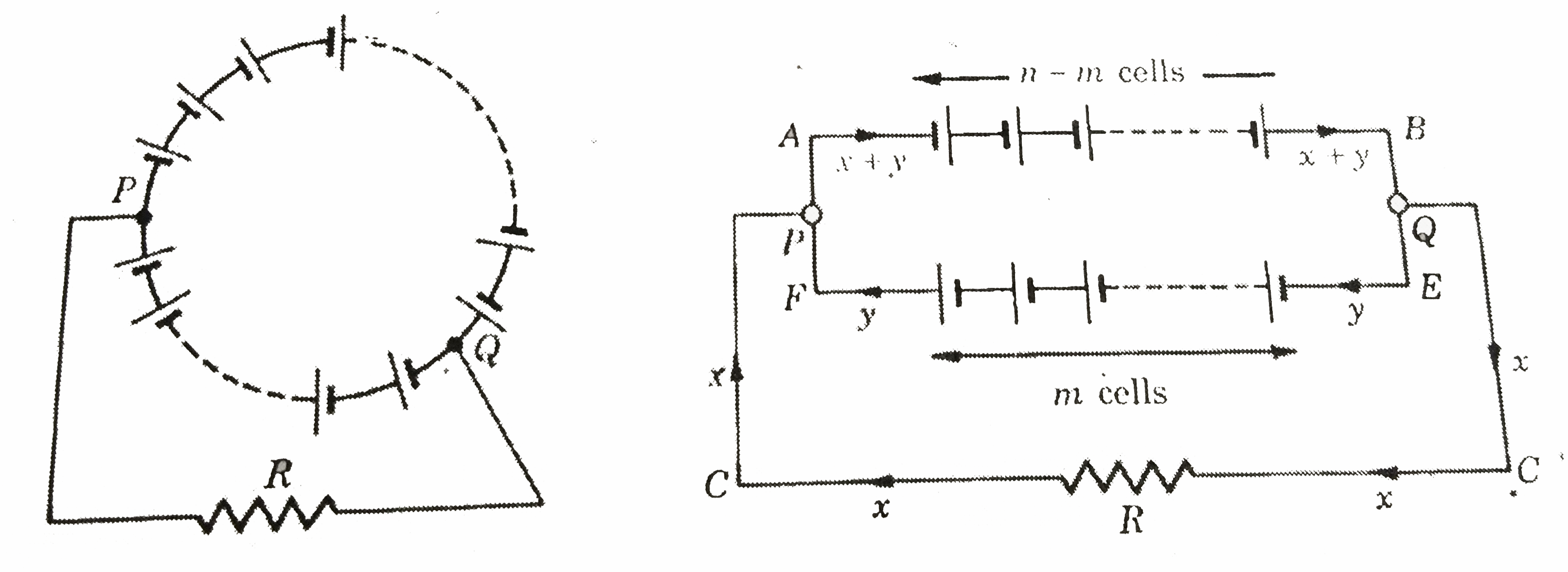To forward-bias a diode, its p-type is to be connected to the positive terminal of a cell and n-type to the negative terminal of the cell. Is it necessary?
Step by step video & image solution for To forward-bias a diode, its p-type is to be connected to the positive terminal of a cell and n-type to the negative terminal of the cell. Is it necessary? by Physics experts to help you in doubts & scoring excellent marks in Class 12 exams.
Updated on:21/07/2023Topper's Solved these Questions
- SEMICONDUCTOR DEVICESBOOK - AAKASH SERIESCHAPTER - SEMICONDUCTOR DEVICESEXERCISE - Problems (LEVEL-I)
35 Videos
- SEMICONDUCTOR DEVICESBOOK - AAKASH SERIESCHAPTER - SEMICONDUCTOR DEVICESEXERCISE - Problems (LEVEL-II)
9 Videos
- SEMICONDUCTOR DEVICESBOOK - AAKASH SERIESCHAPTER - SEMICONDUCTOR DEVICESEXERCISE - Exercise (Short answer questions)
27 Videos
- RAY OPTICSBOOK - AAKASH SERIESCHAPTER - RAY OPTICSEXERCISE - PROBLEMS ( LEVEL-II)
60 Videos
- UNITS AND MEASUREMENTBOOK - AAKASH SERIESCHAPTER - UNITS AND MEASUREMENTEXERCISE - PRACTICE EXERCISE
45 Videos
Similar Questions
An electrode that is connected to the positive terminal.
View SolutionIn p-n junction diode, near junction holes combine with electrons, and impurity ions form a barrier potential which opposes the recombination of electron-hole pairs. Value of barriers potential for Si is 0.7 volt and for Ge is 0.3 V. thus charge density at the junction becomes zero and an electric field is produced near junction. this region is called depletion layer. Thickness of depletion layer is of the order of 10−6 meter. in forward bias p terminal is connected with the positive terminal of cell and n is connected with negative terminal of cell and n is connected with negative terminal of cell. as forward voltage is increased, current increases exponentially.
As forward voltage is increased barrier potential in p-n junction diode is
A. increased
B. Decreased
C. remain same
D. nothing can be said.
View Solution
Knowledge Check
The electrode connected to positive terminal of the battery is called _____
ACathodeBAnodeCElectrodeDNone of these
In p-n junction diode, near junction holes combine with electrons, and impurity ions form a barrier potential which opposes the recombination of electron-hole pairs. Value of barriers potential for Si is 0.7 volt and for Ge is 0.3 V. thus charge density at the junction becomes zero and an electric field is produced near junction. this region is called depletion layer. Thickness of depletion layer is of the order of 10−6 meter. in forward bias p terminal is connected with the positive terminal of cell and n is connected with negative terminal of cell and n is connected with negative terminal of cell. as forward voltage is increased, current increases exponentially.
For Si diode minimum required forward voltage so that current can flow is
View SolutionIn p-n junction diode, near junction holes combine with electrons, and impurity ions form a barrier potential which opposes the recombination of electron-hole pairs. Value of barriers potential for Si is 0.7 volt and for Ge is 0.3 V. thus charge density at the junction becomes zero and an electric field is produced near junction. this region is called depletion layer. Thickness of depletion layer is of the order of 10−6 meter. in forward bias p terminal is connected with the positive terminal of cell and n is connected with negative terminal of cell and n is connected with negative terminal of cell. as forward voltage is increased, current increases exponentially.
Correct graph for variation of charge density with distance from the junction is
View SolutionWhat is the electrode connected to the positive terminal of an electrolytic cell called?
View SolutionAn electrode 'A' is connected to the positive terminal of a battery and electrode 'B' to the negative terminal.
Give the names of the electrodes A & B.
View SolutionWhat is an electrode connected to the positive terminal of a voltage source called?
View SolutionIn series connection of cells, positive terminals of all cells are connected to one point and negative terminals of all cells to other point.
View Solutionn' cells , each of emf 'e' and internal resistance 'r' are connected in a closed circuit so that the positive terminal of a cell is joined to the negative terminal of the next, as shown in figure. Any two points of the circuit are connected by an external resistance R. Find the current in R.

View Solution
